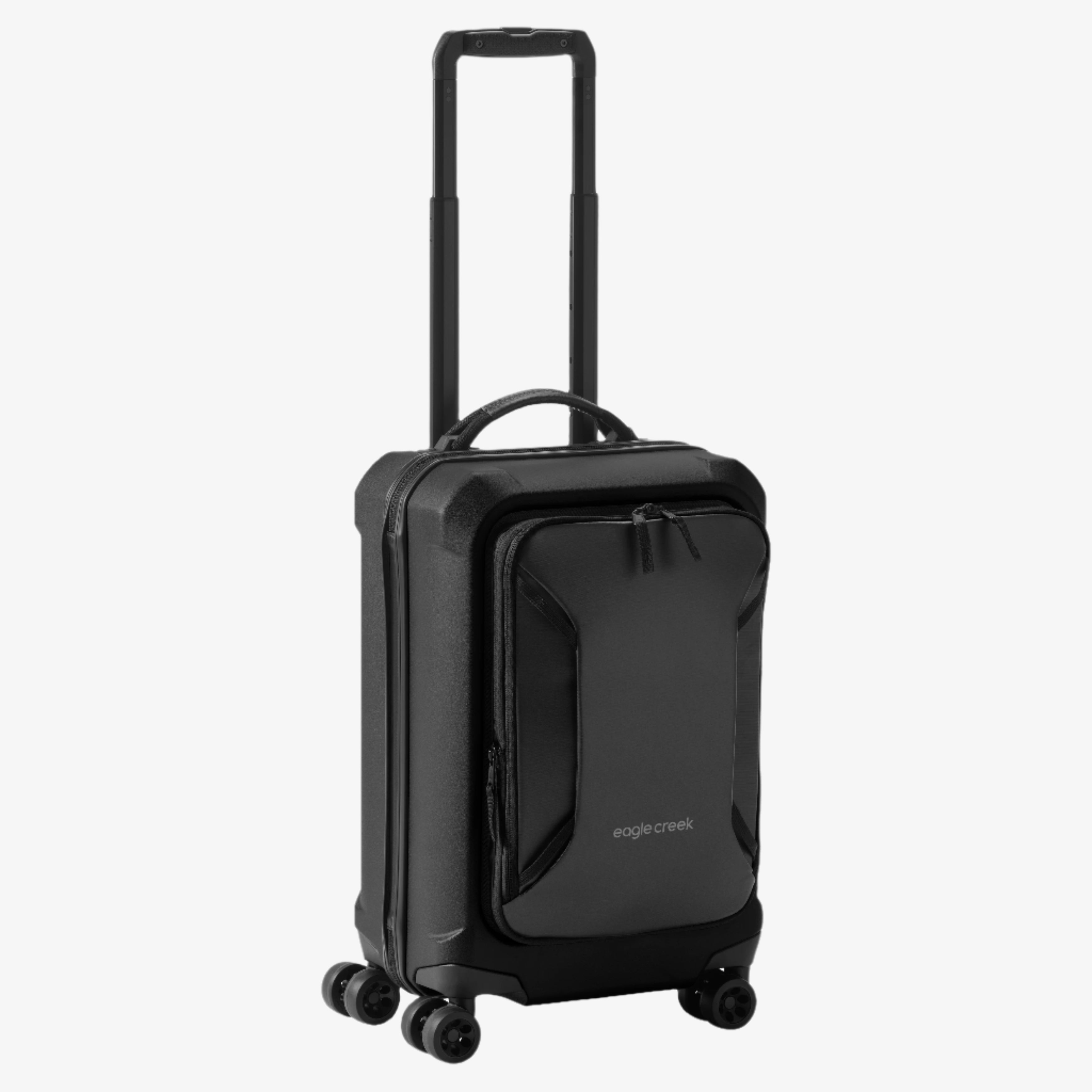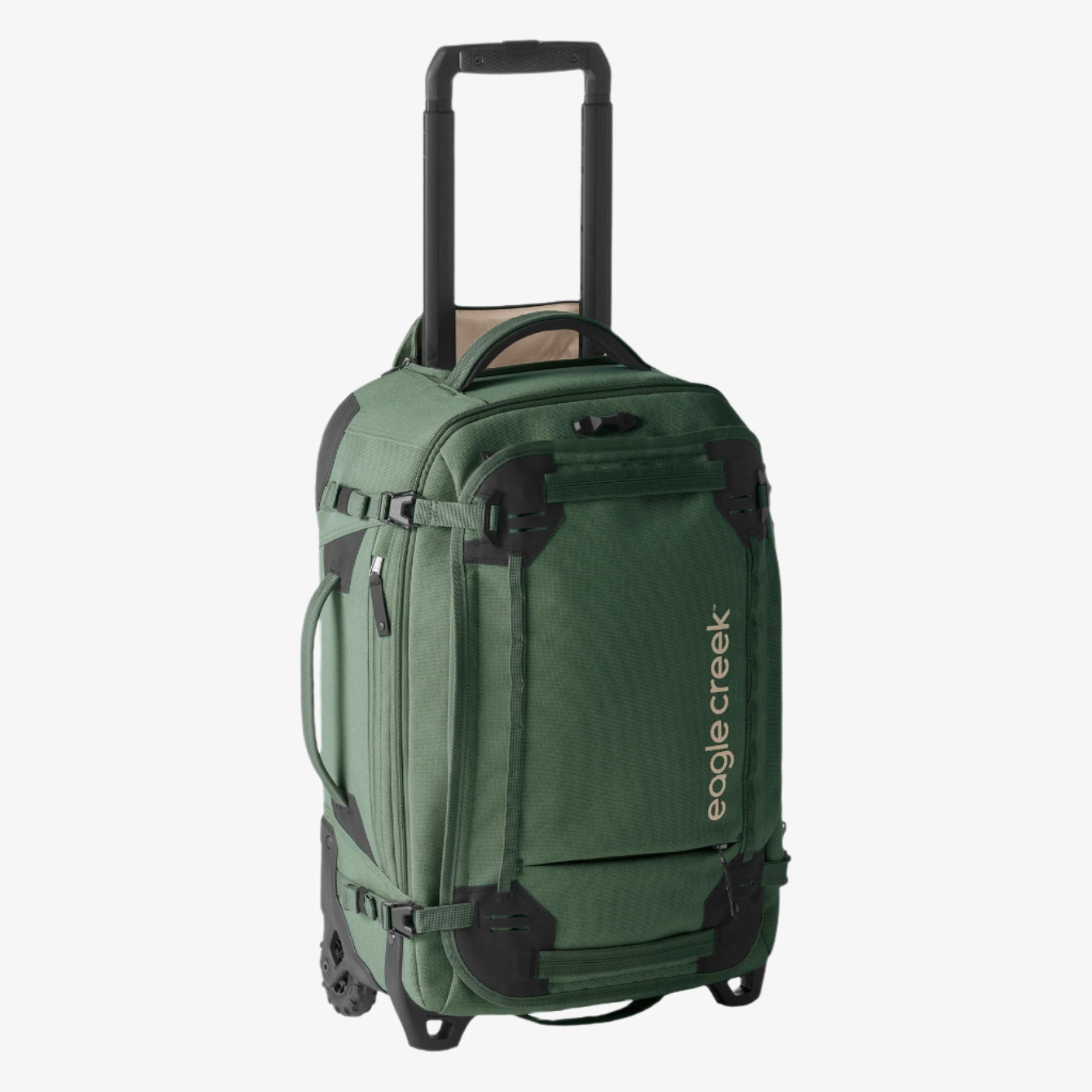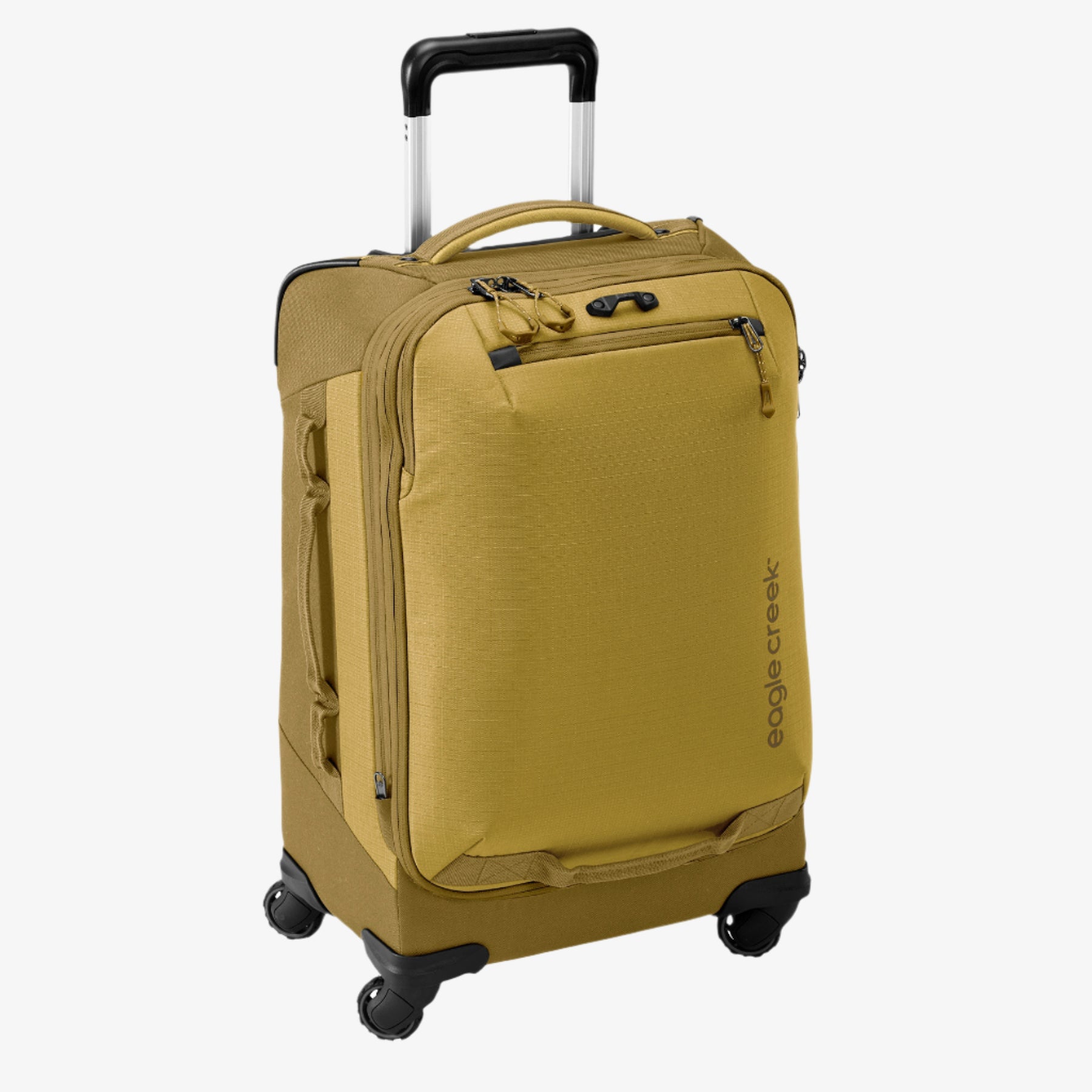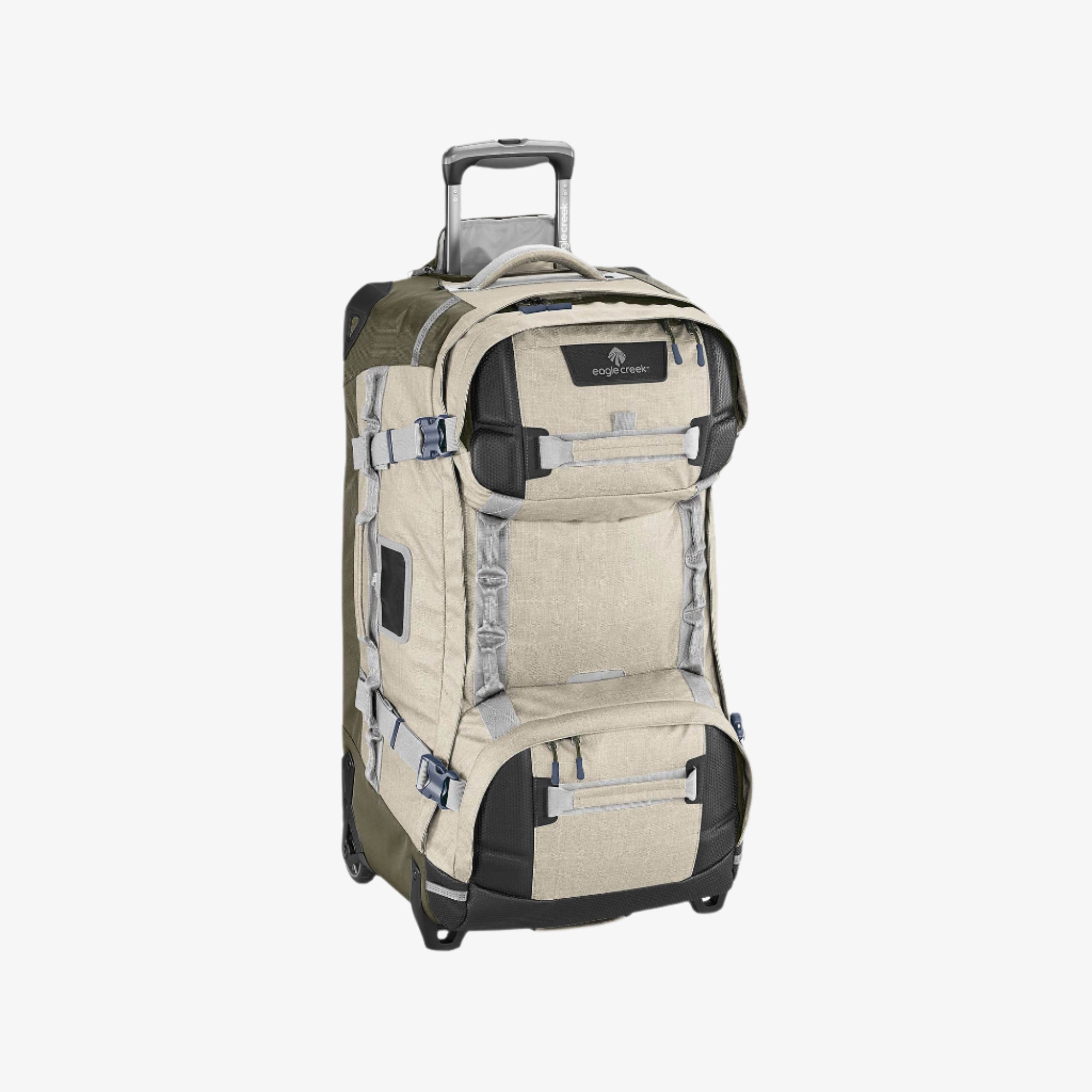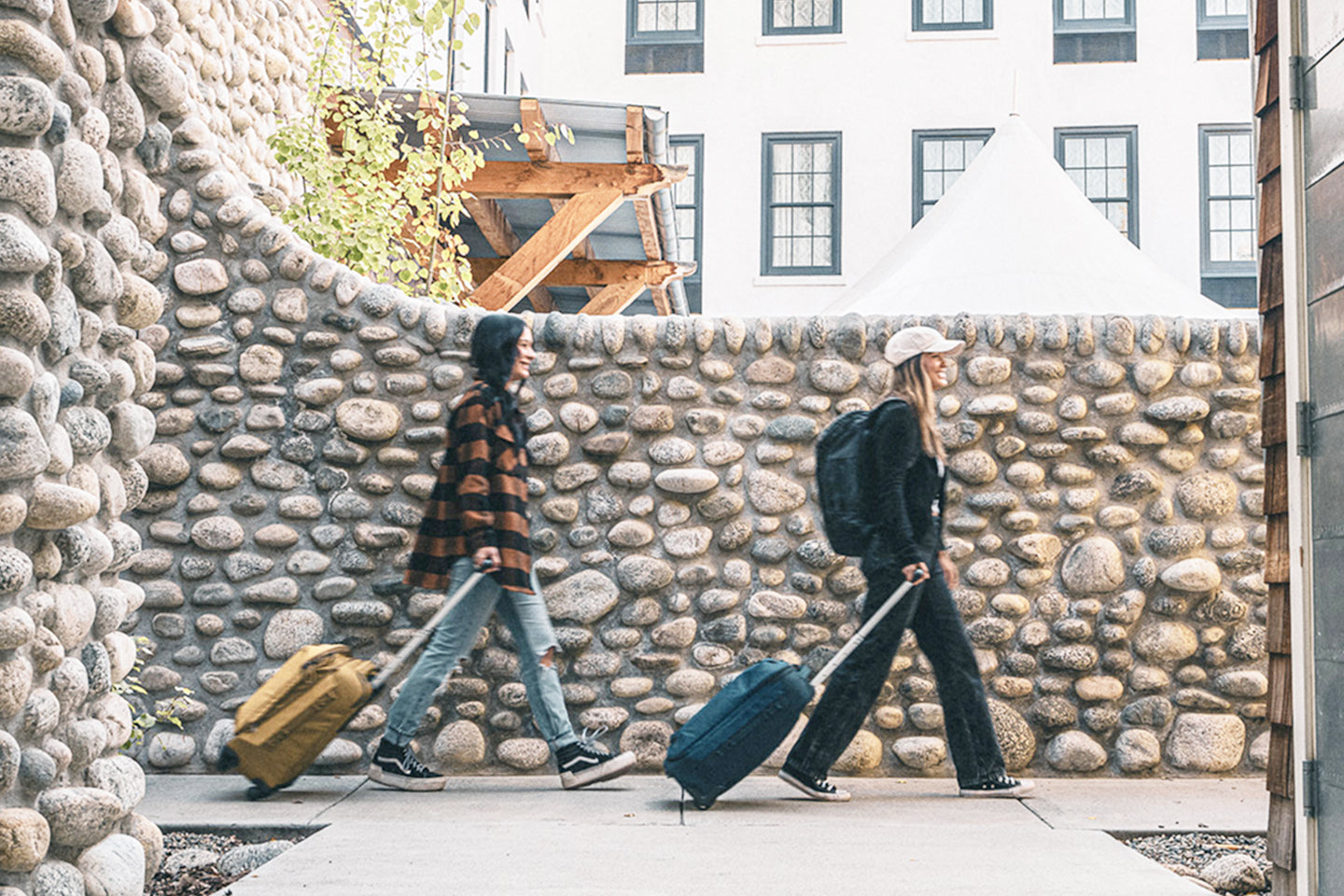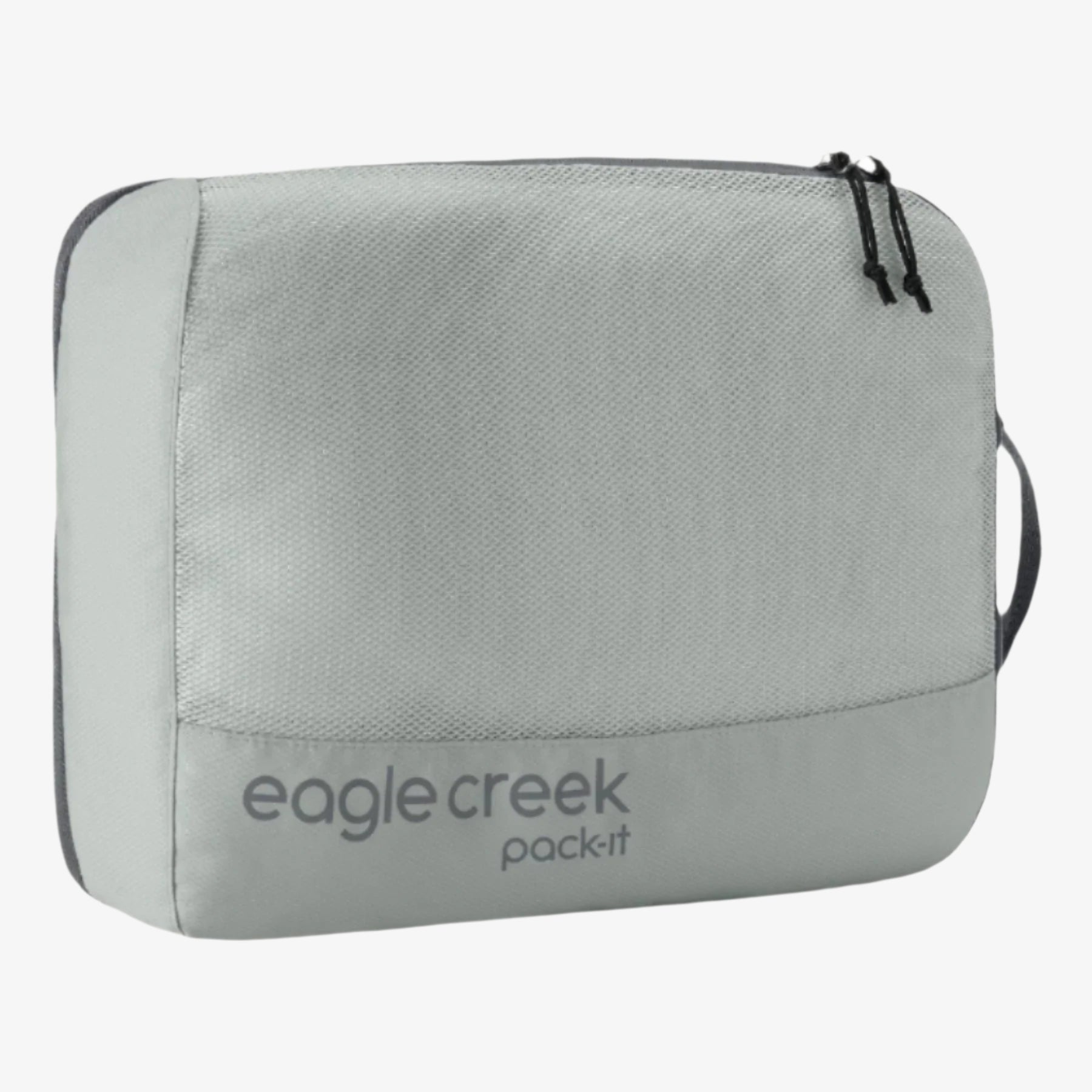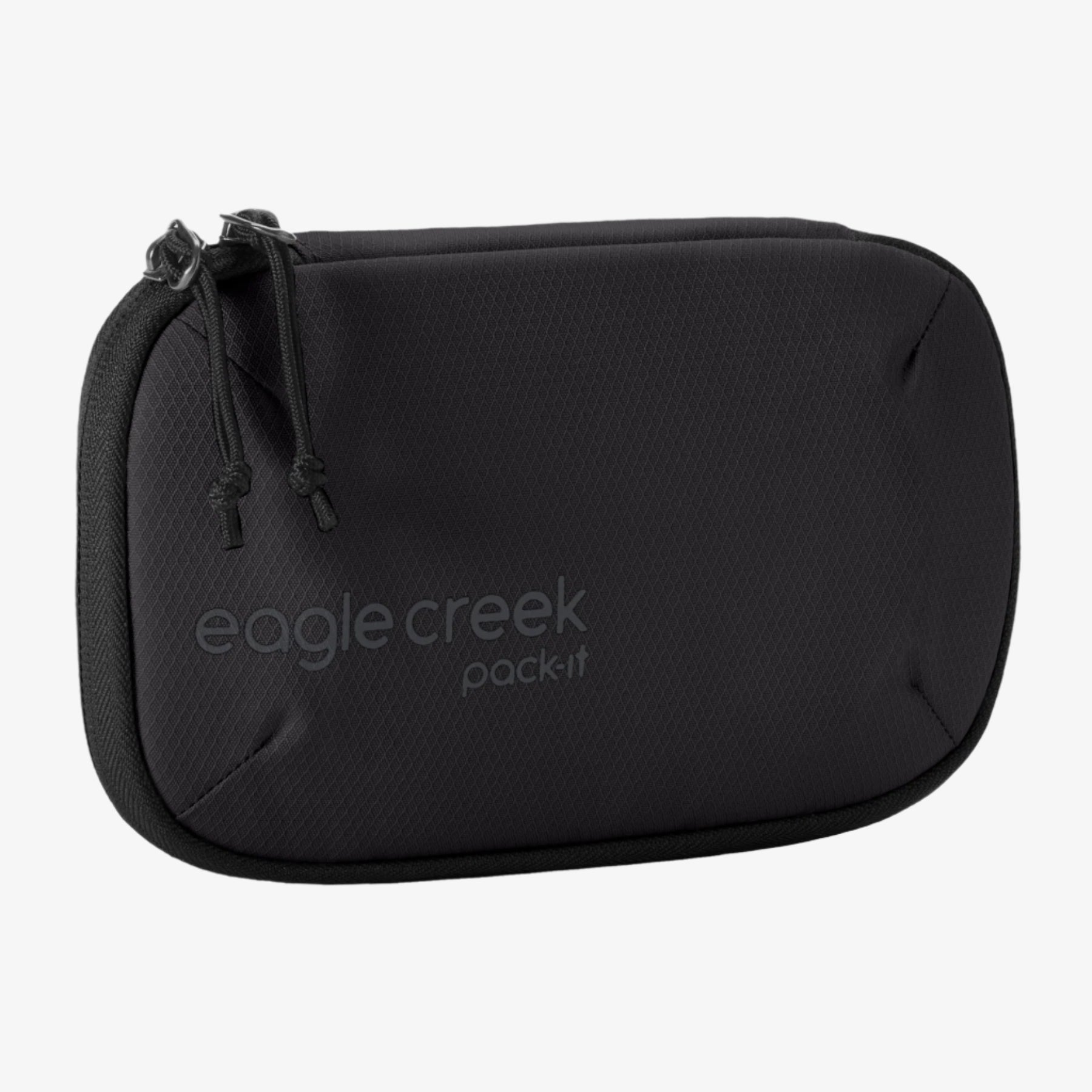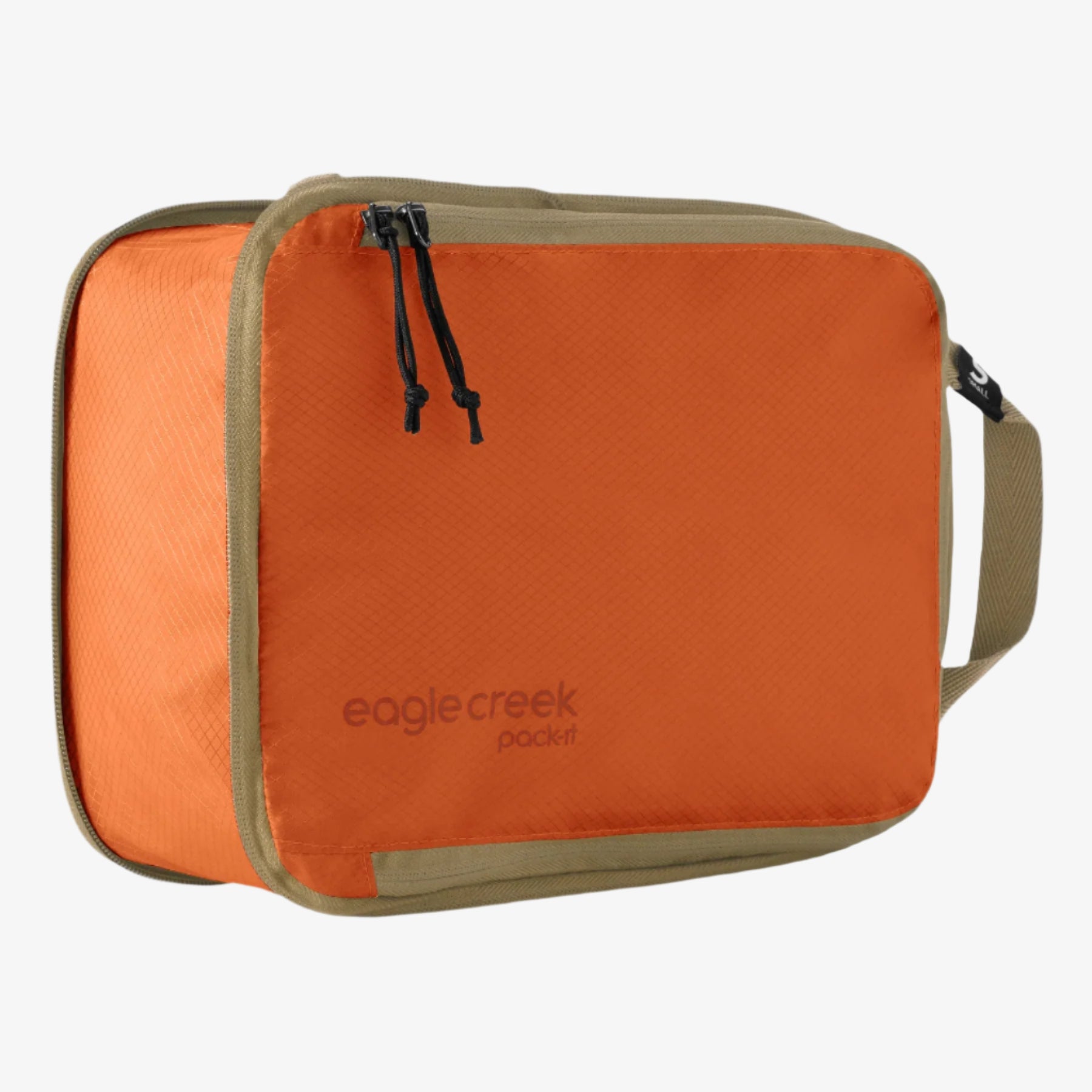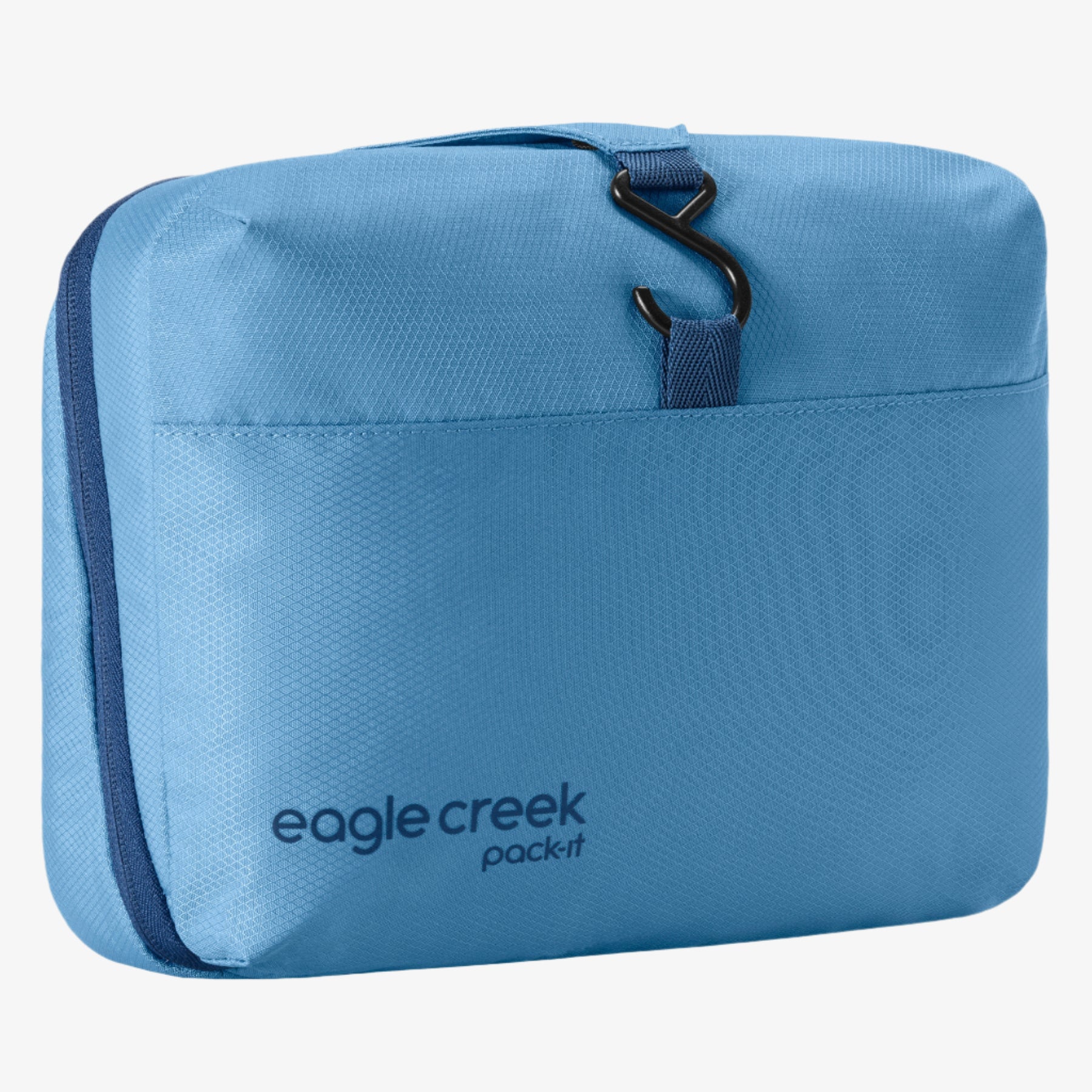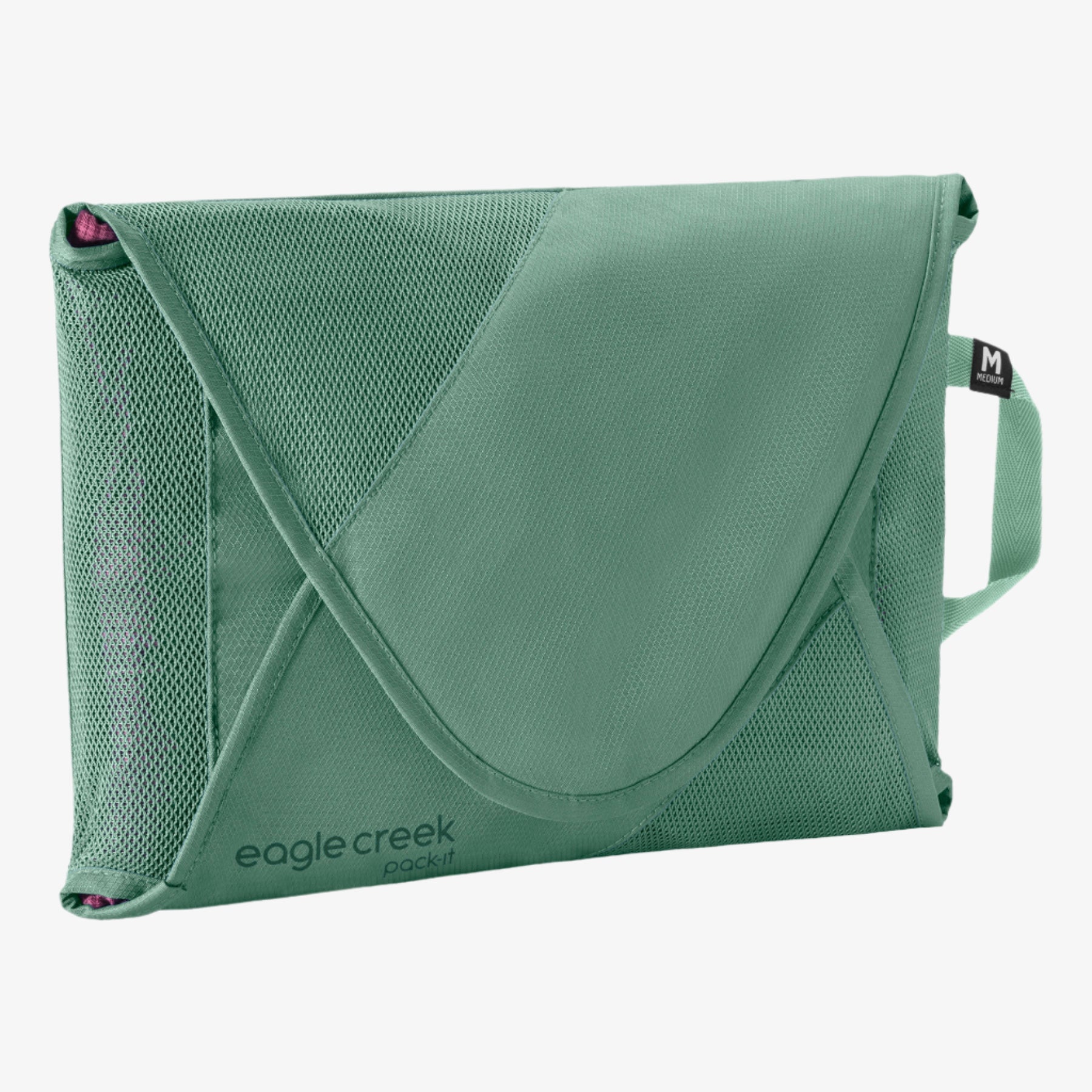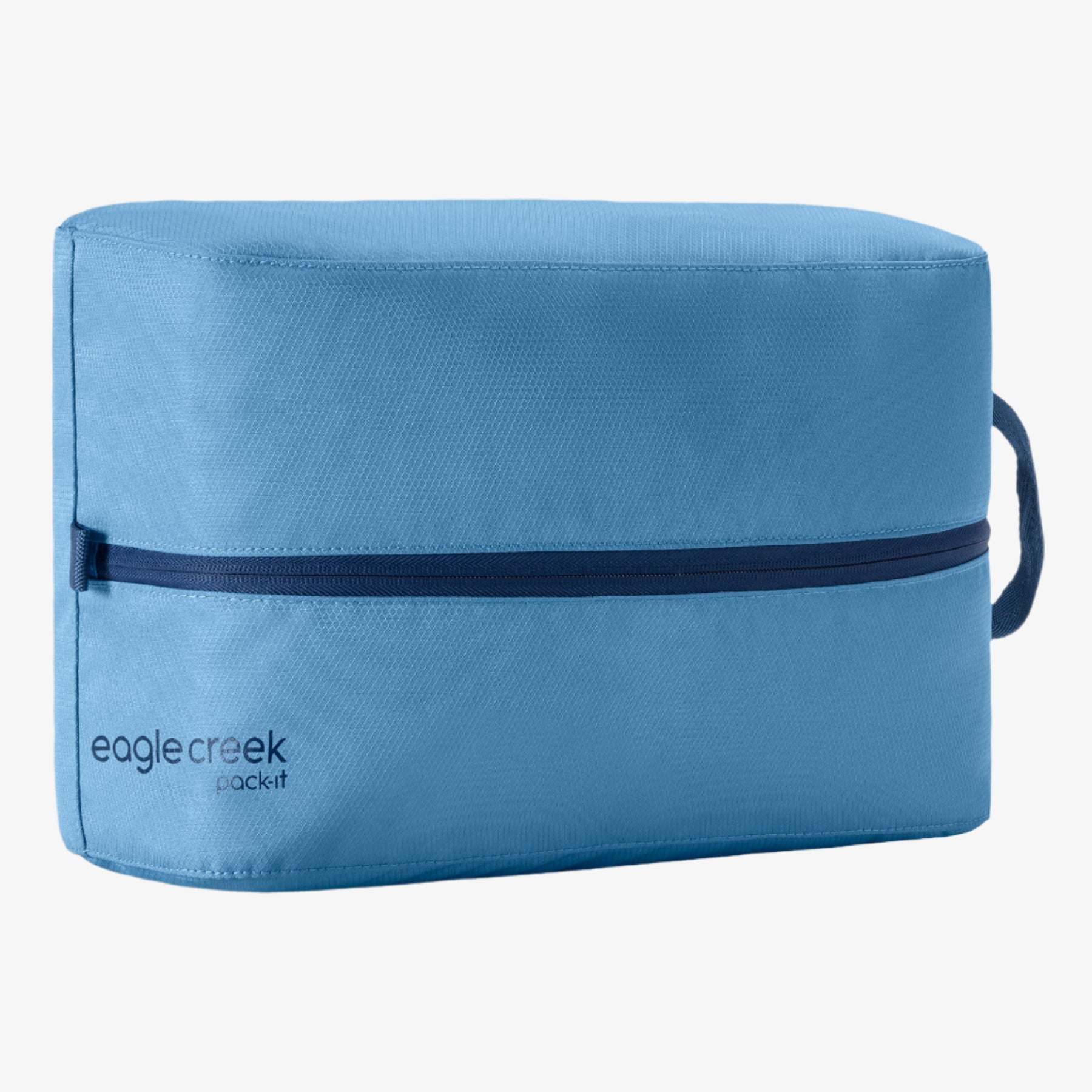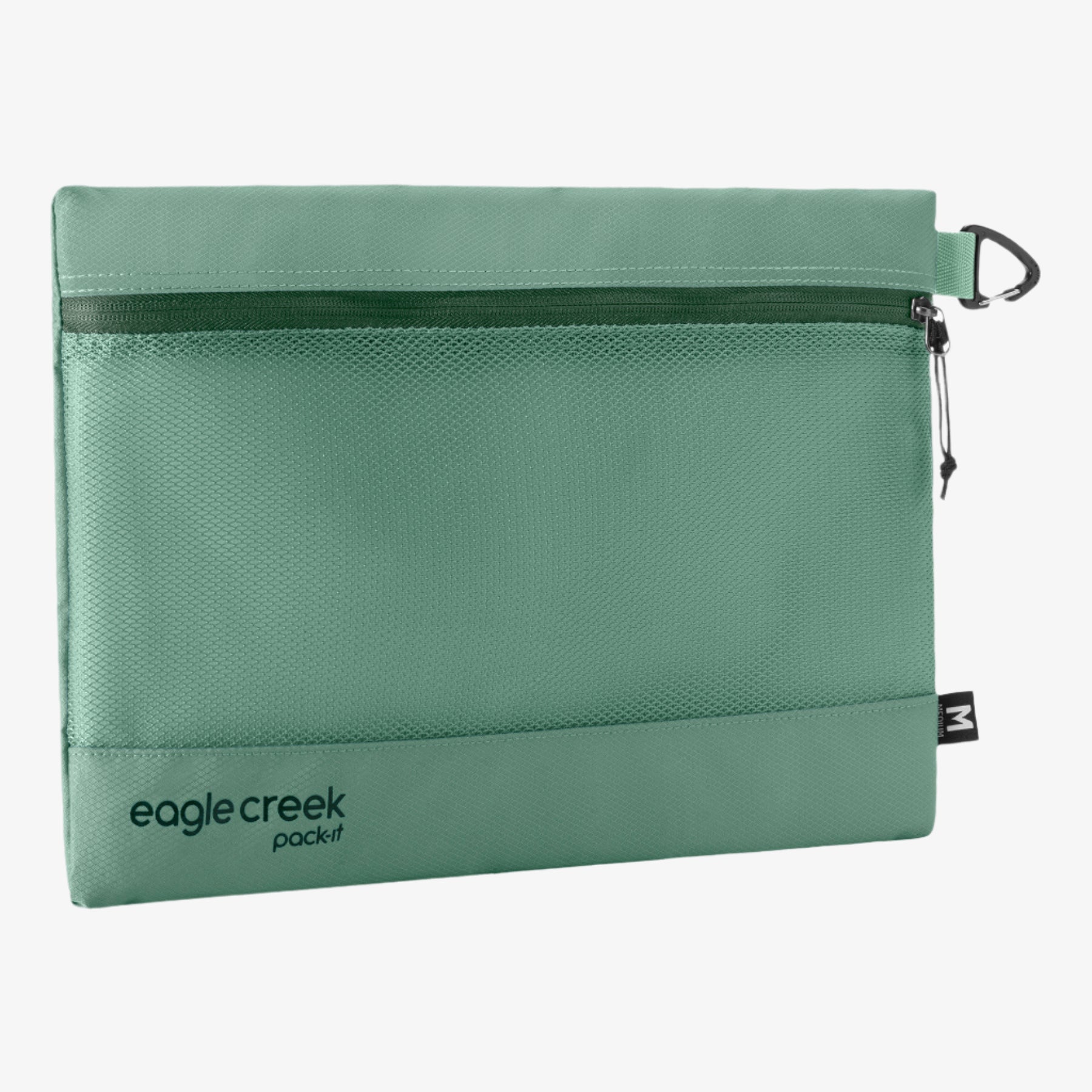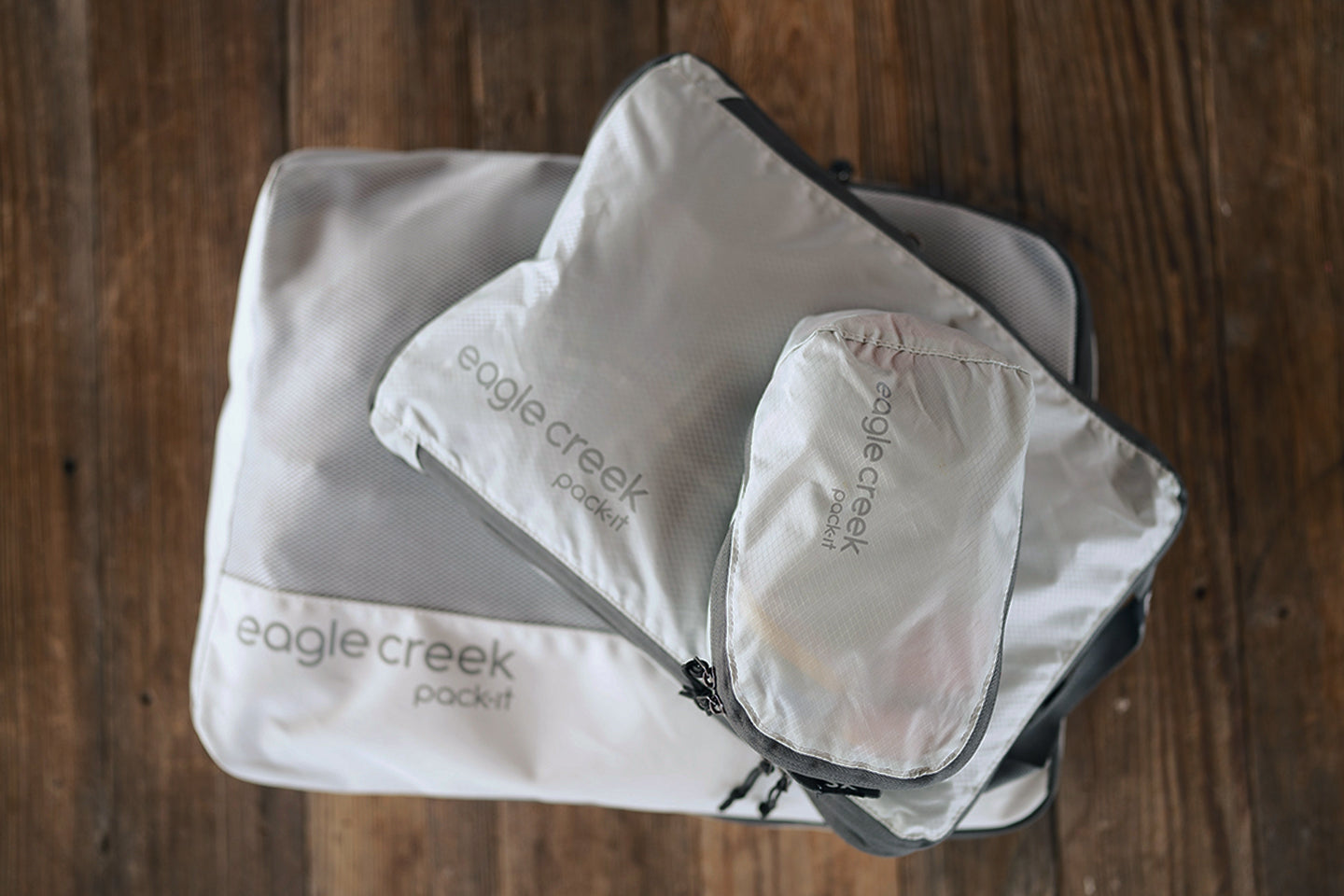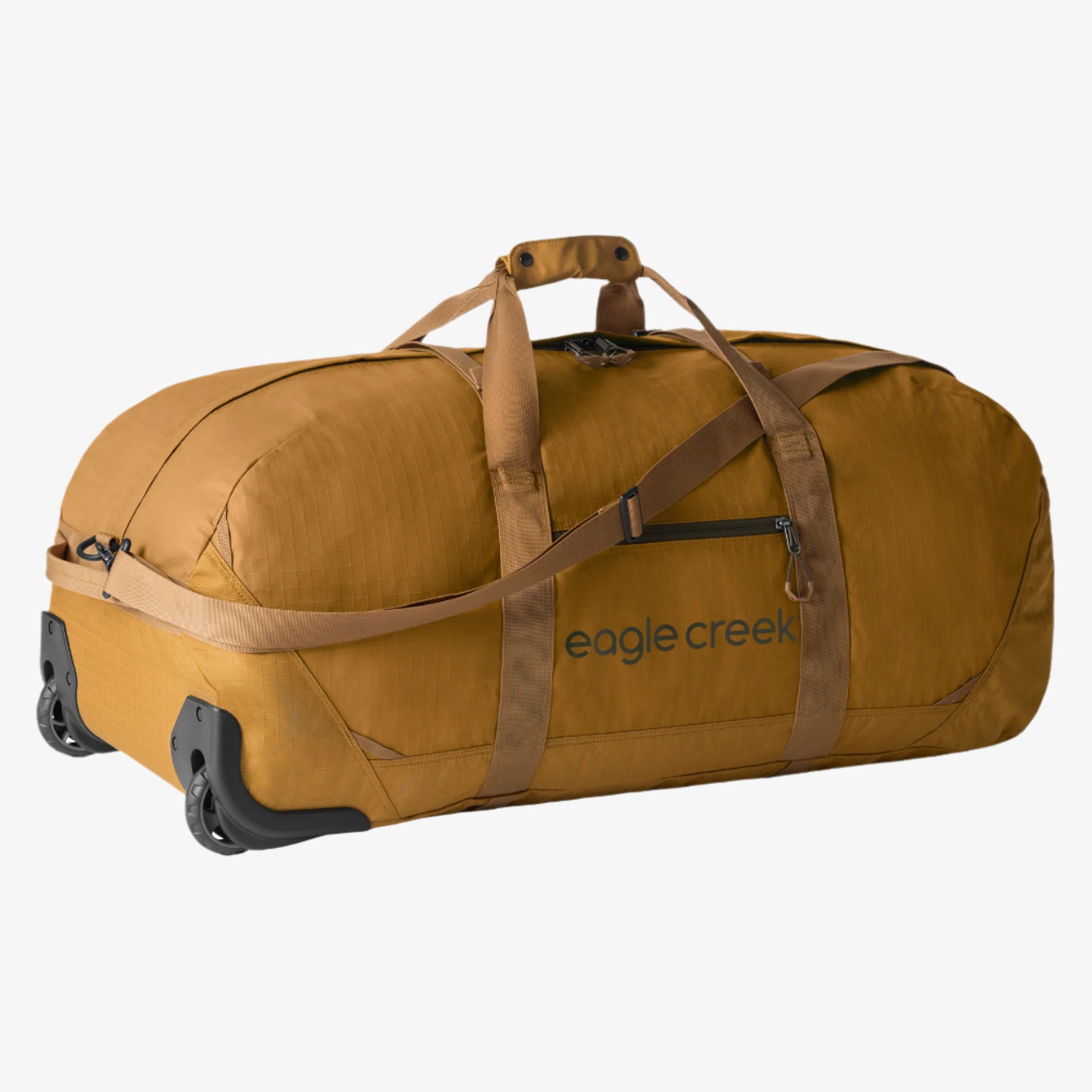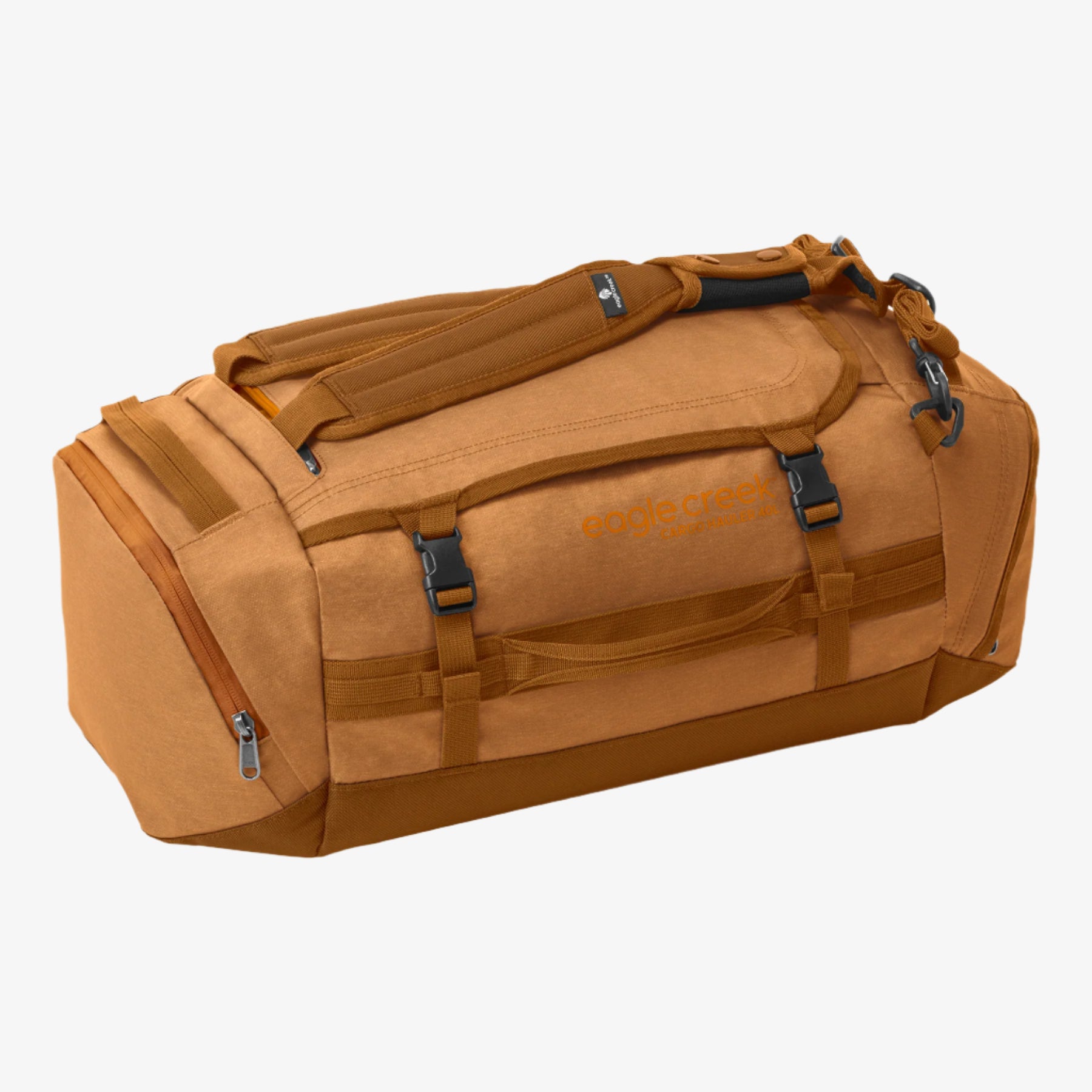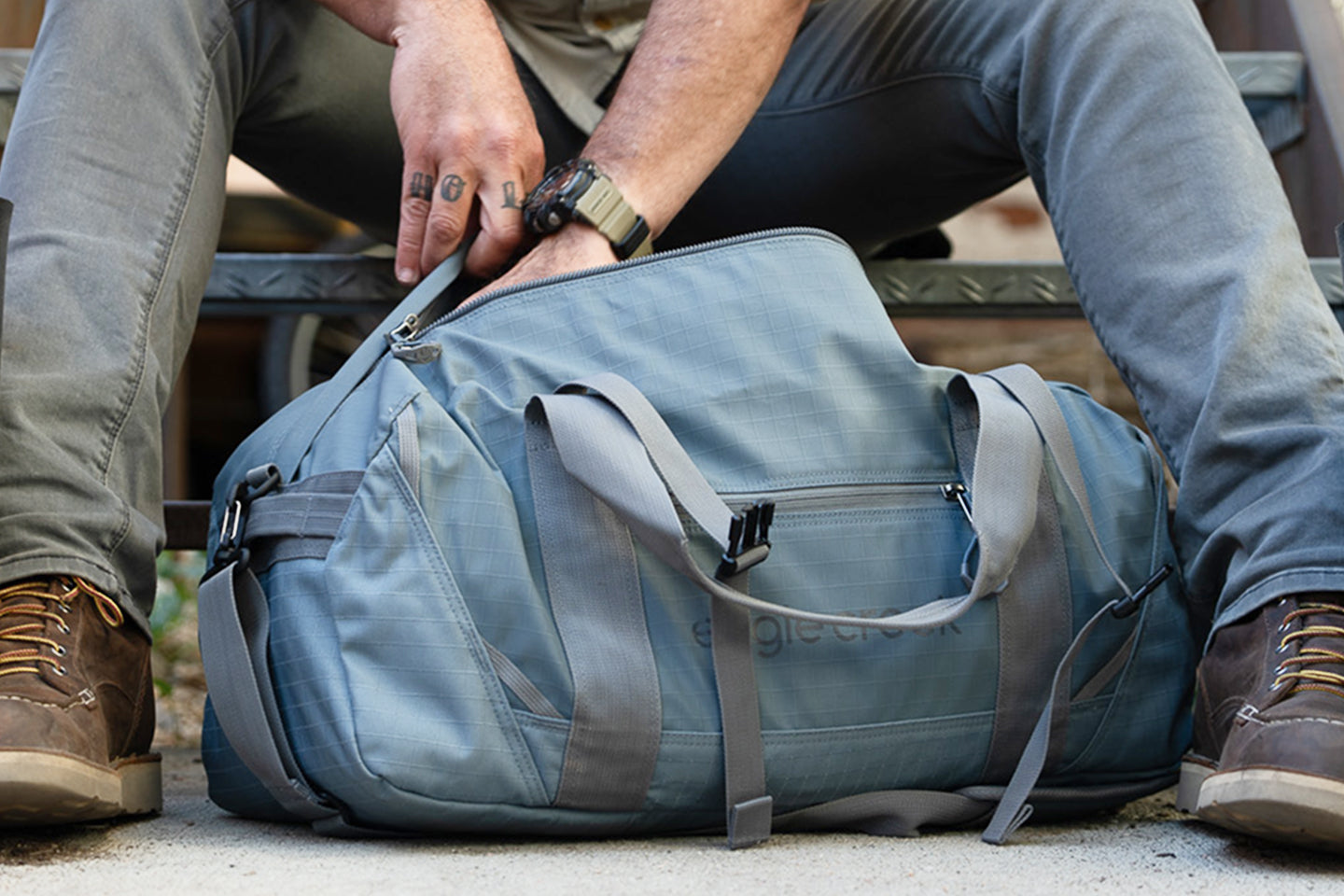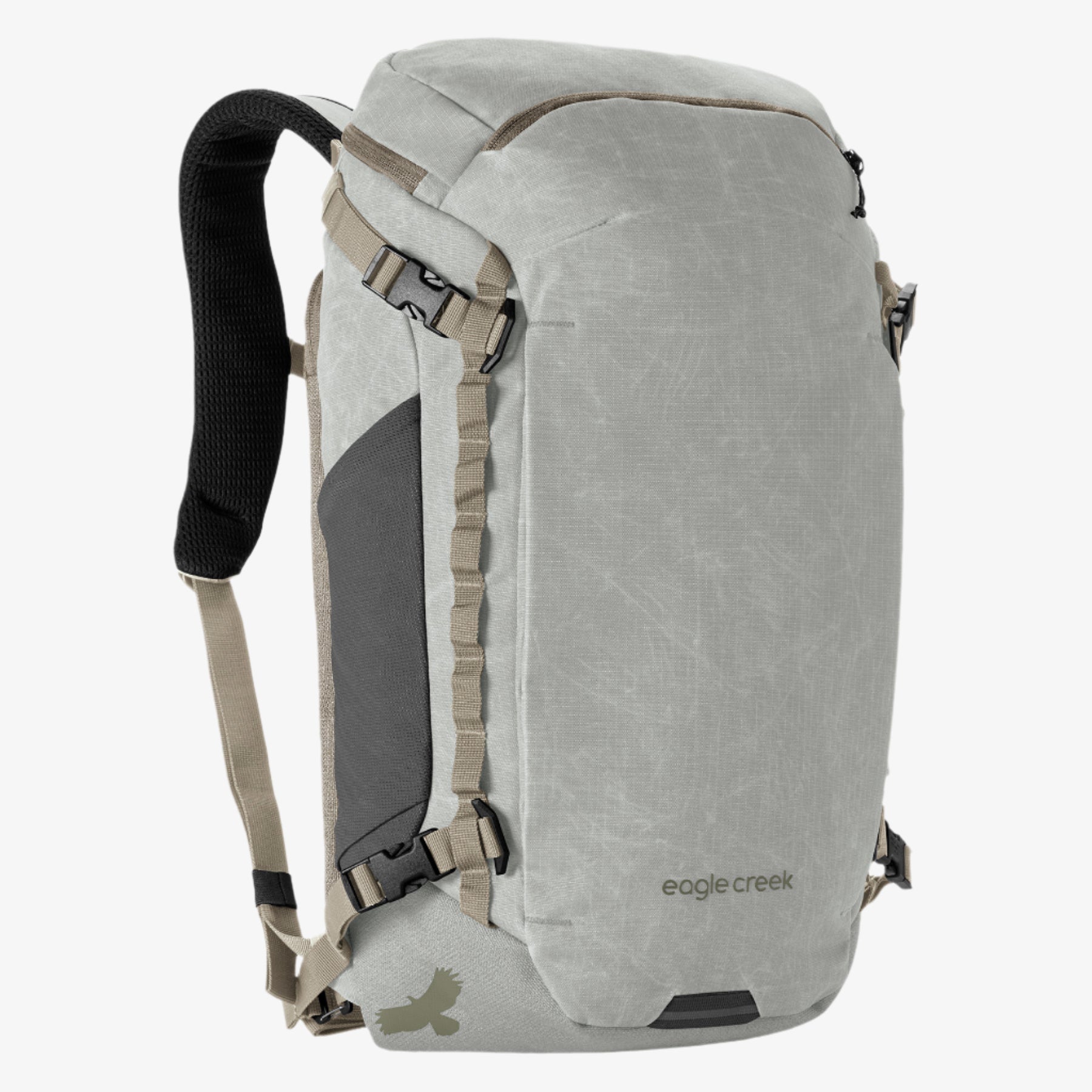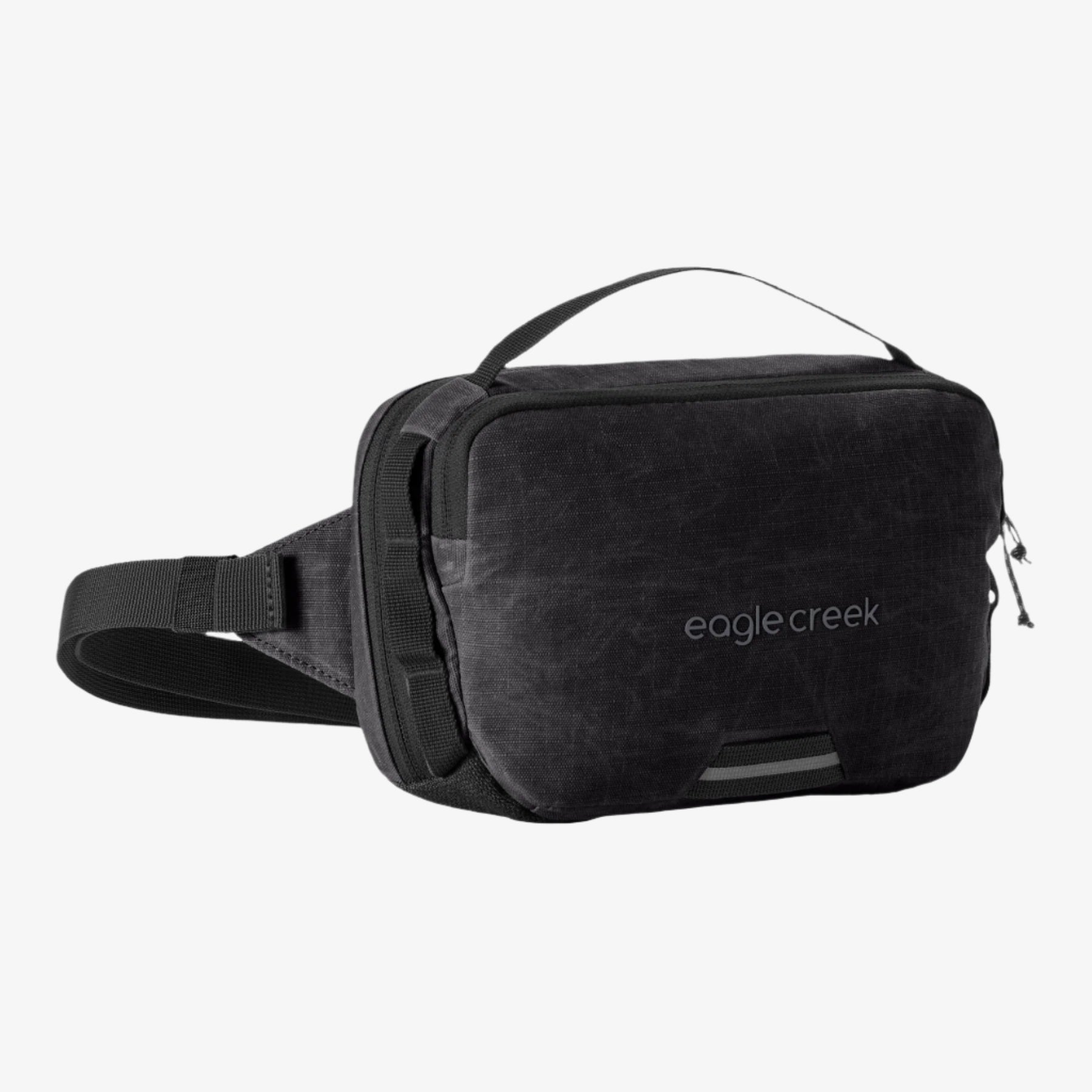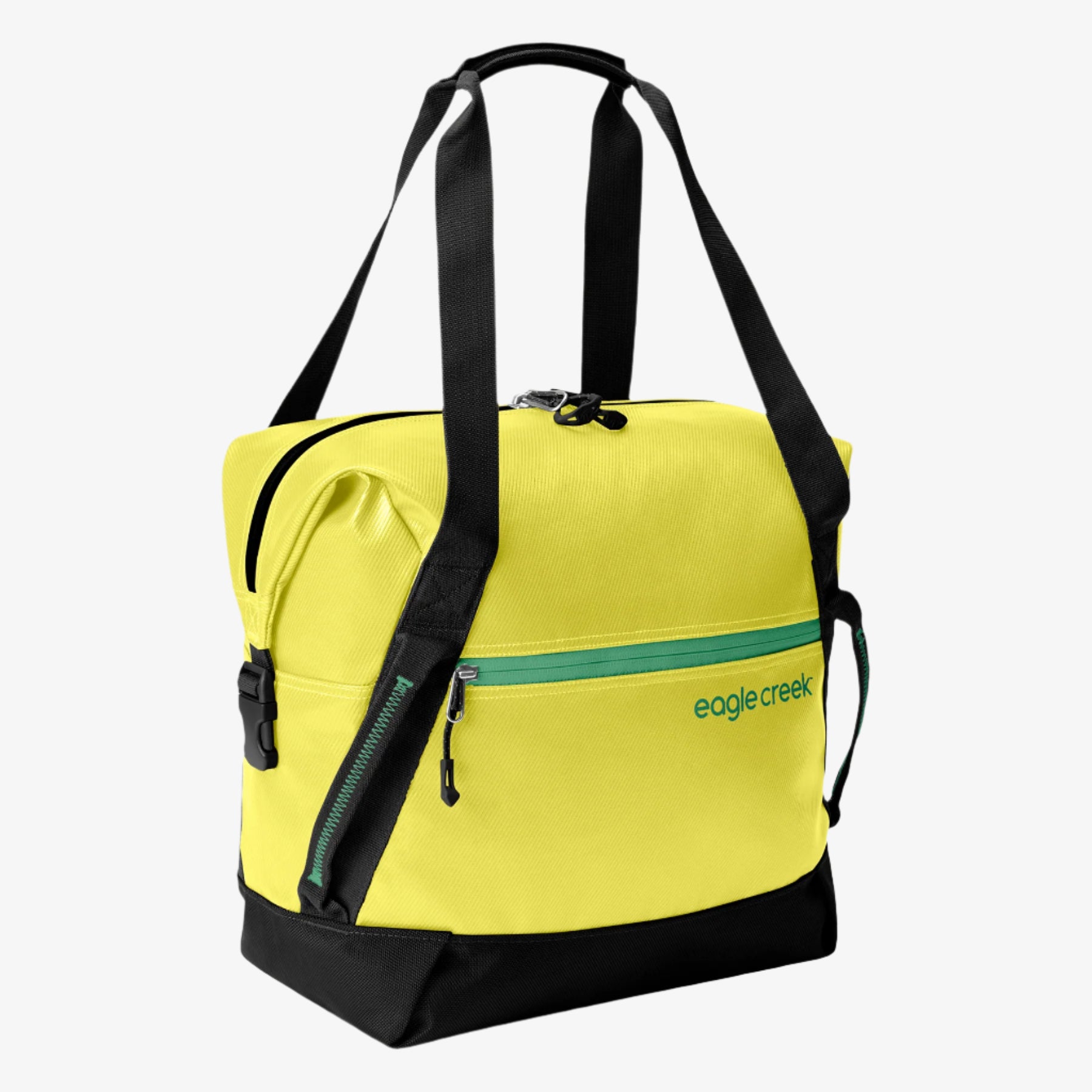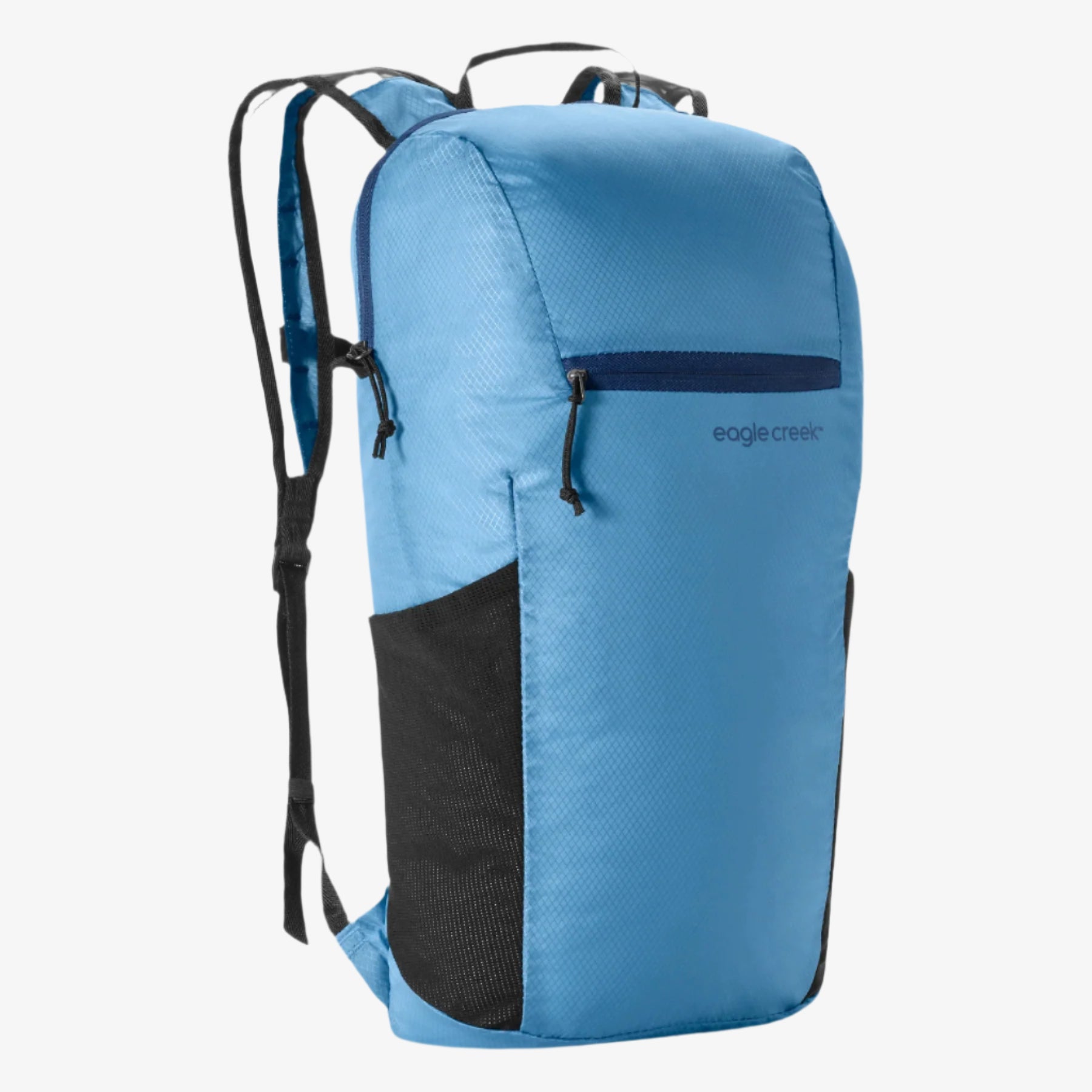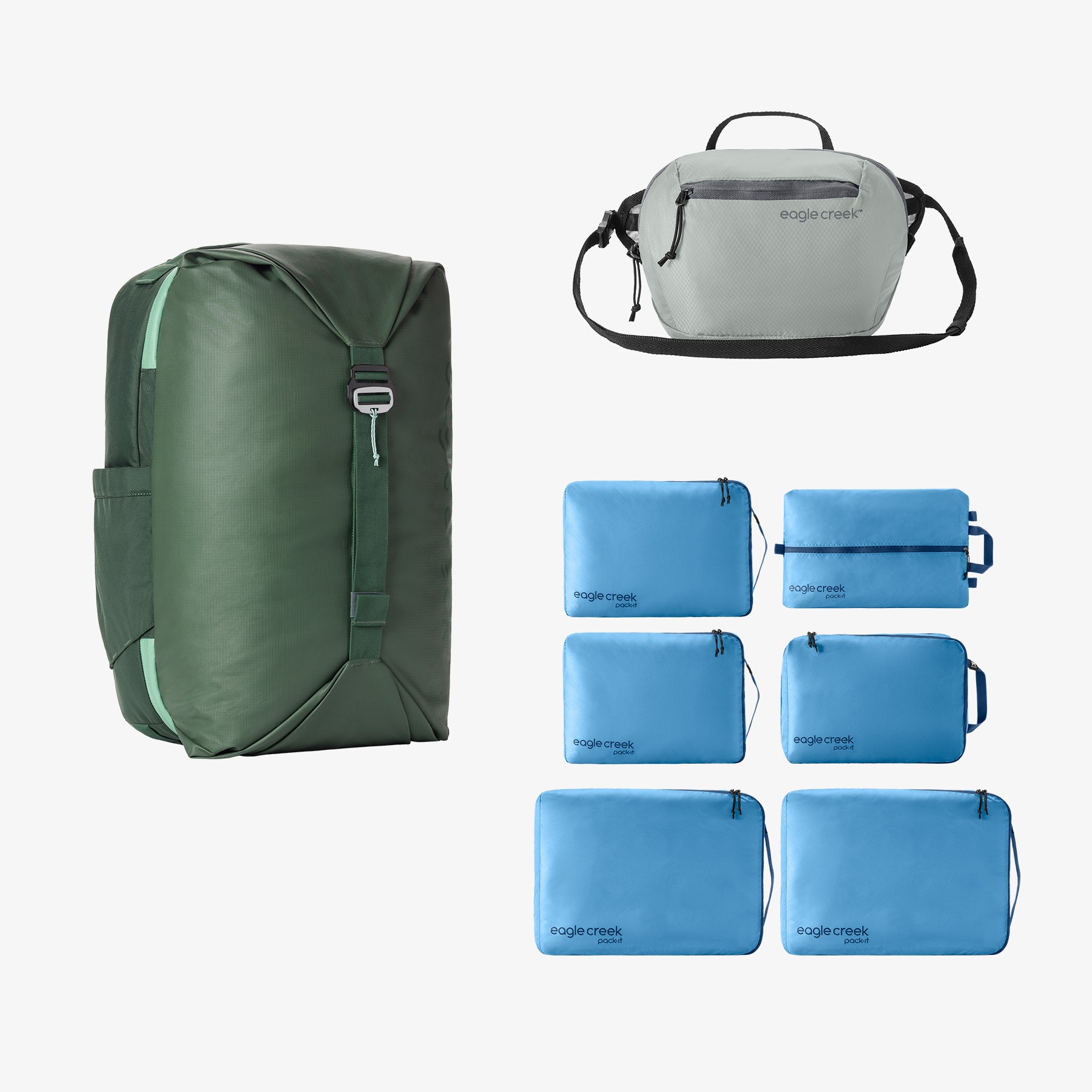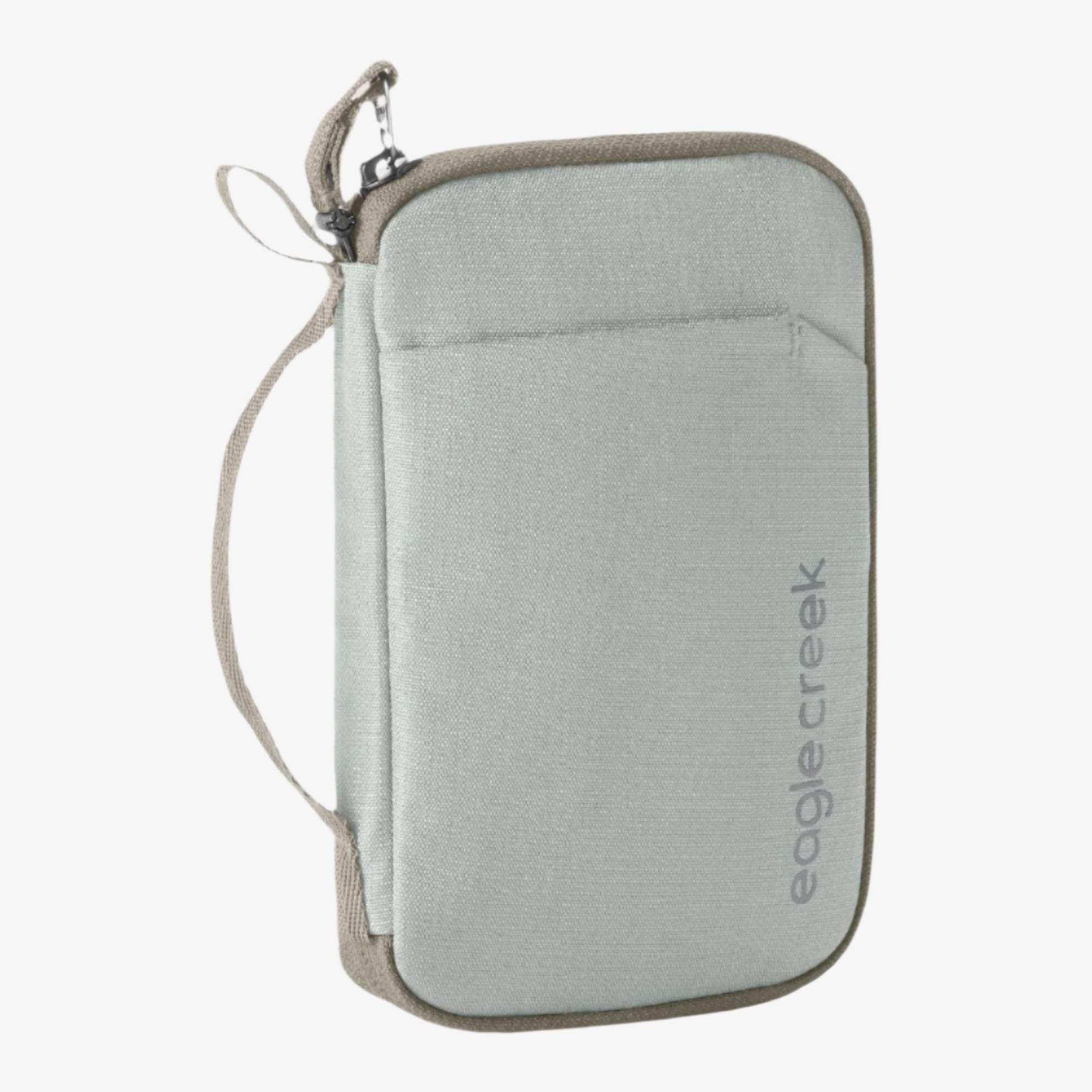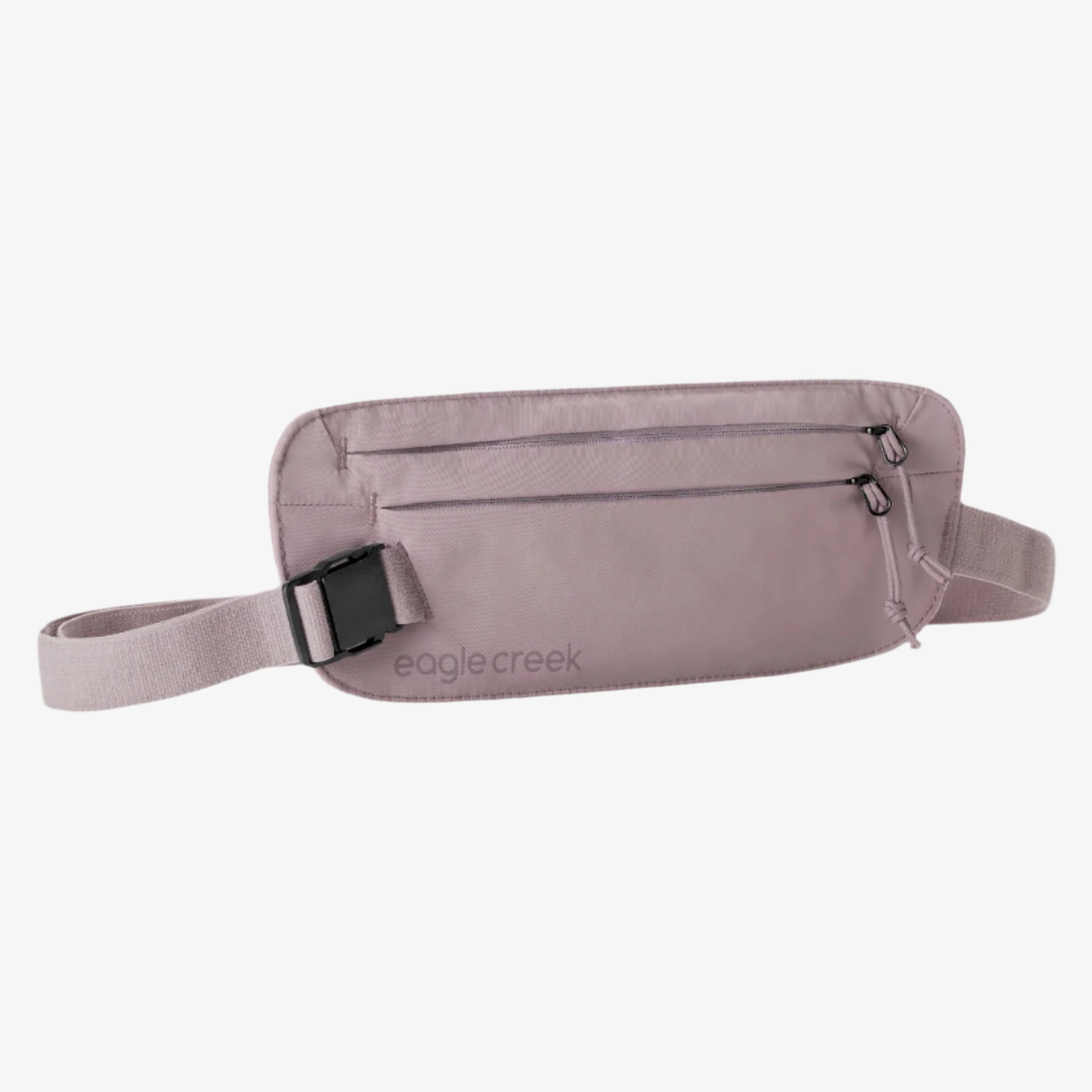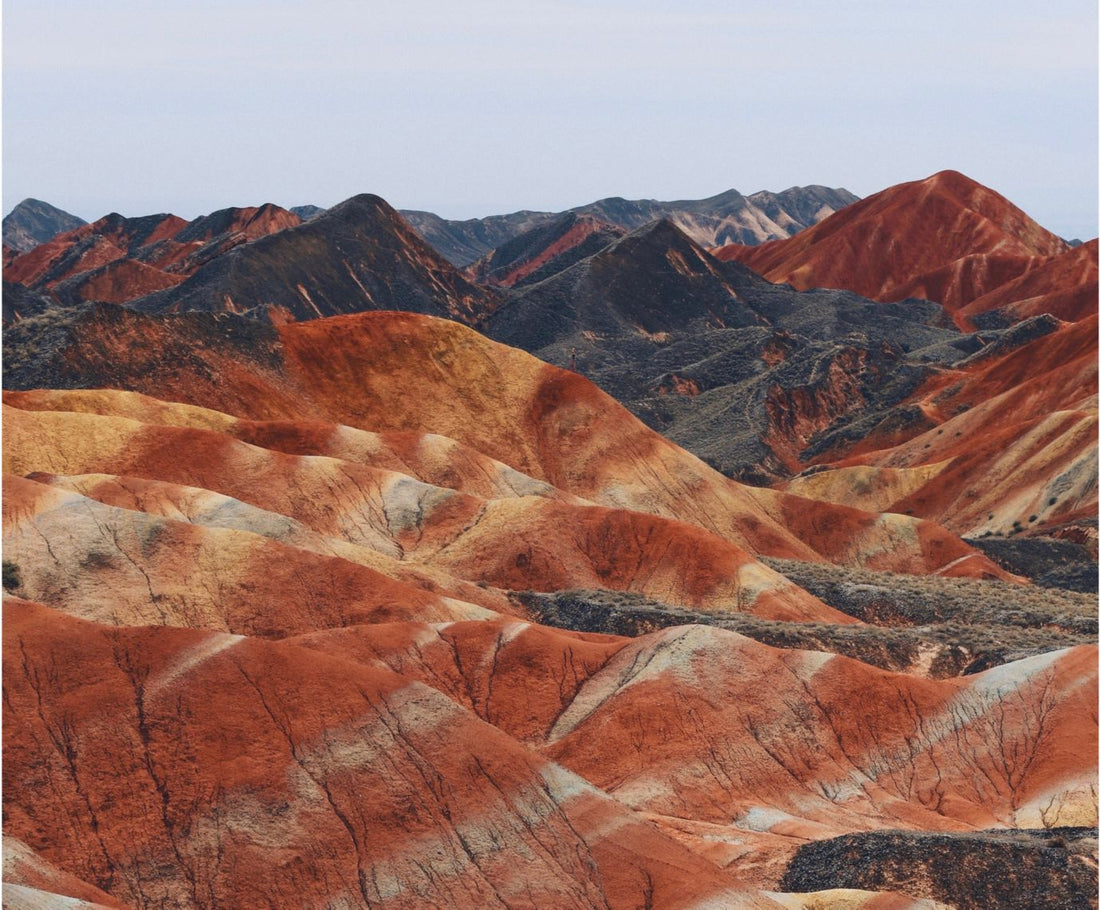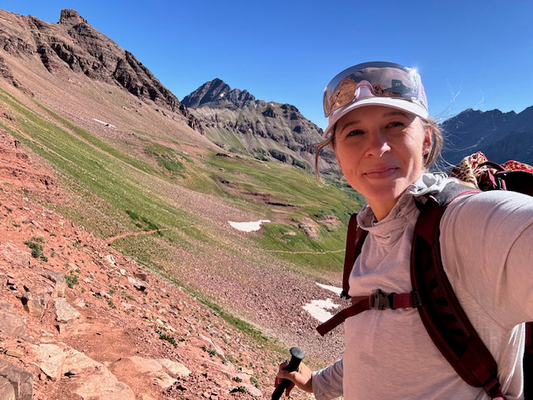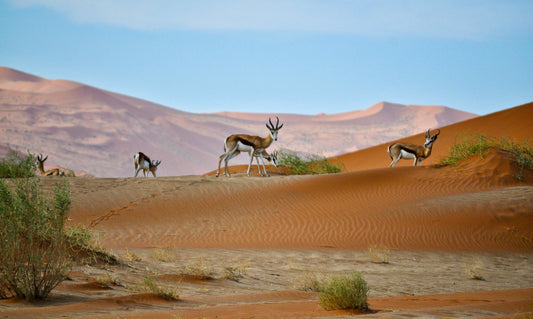
Heat is just one of the challenges you may encounter on a desert hike. Here’s everything you need to know for when planning an adventurous hike into the extreme environs of the desert.
Desert trails cut through some of the world’s most astonishing landscapes, but if you aren’t prepared, the rugged terrain, often intense sun, and extreme temperatures—hot and cold—on these hikes can be unforgiving. Knowing how to plan for a desert hike, what to bring, and what to expect on the trail can make all the difference.
Selecting a Desert Hiking Trail
Start by considering which desert you want to hike in and at what time of the year. Hiking the Grand Canyon, for example, can be brutally hot in the summer and icy cold in the winter. Research what the conditions will be like, and be prepared to change either the trail or date of your hike. In the summer, plan to start your hike in the morning when temperatures are coolest, especially if you're visiting somewhere hot like the Blythe Intaglios.
Also, realistically assess your fitness level and hiking experience. Because the desert heat takes an added toll in the summer, you won’t be able to go as far as you normally would. Start with shorter, less strenuous trails during the summer before tackling more challenging ones. Beginner hikers should first hike easier trails in more moderate climates before working their way up to desert hiking.
Calculating Your Water
Water is crucial. Dehydration and extreme heat can lead to heat stroke, which can be fatal. Bring at least two liters of water even on a 10-minute hike, chug as much as you can at the trailhead and refill it before heading out. (As a rule of thumb, carry one liter of water for every hour you will be on the trail.)
Some hikers recommend replacing some of the water with sports drinks like Gatorade or Powerade to replenish electrolytes that are necessary for your body to function properly. You can also bring electrolyte shots or powder to add to your water, as well as oral rehydration salts (which are like sports drinks but without the sugar).
Packing for a Desert Hike
In addition to water, pack these items in your backpack:
● Snack bars and healthy snacks. (Salty snacks help you retain the water you’re losing.)
● Printed map and compass. You may not have cell service phone service.
● Extra cell phone battery/portable charger
● Moleskin or extra socks to prevent blisters
● Rain jacket or poncho
● Fine-tooth comb, tweezers, or multi-tool for removing cactus barbs
● Sunscreen (SPF 15 or higher)
● Lip balm with SPF
● Headlamp or flashlight
● Personal locator beacon for remote areas
Keep a duffel bag in your car filled with additional water, electrolyte drinks, snacks, medical supplies, and a change of clothes for after your hike. Warm clothes and a blanket are a good idea, too, in case your car breaks down or you get lost. Compression cubes can help keep items organized and easily accessible.
Deciding What to Wear
Despite the heat, fight the urge to dress like you’re headed to the beach. Instead, opt for lightweight long-sleeved shirts and pants that can protect you from the sun and from cacti, rugged terrain, and bugs. Choose breathable materials in light colors over cotton, and wear layers. Even in the summer, the desert can become cold after sunset.
To protect the rest of your body, wear hiking boots or sturdy shoes (not sandals), a wide-brimmed hat, and sunglasses. You may also want to bring a cooling neckerchief or bandana.
Navigating on the Trail
The basics of desert hiking are the same as any other hike. Before you go, let a friend or relative know where you’ll be and when to expect you back. If possible, hike with a buddy who can recognize signs of a heat-related illness or get help if you need it. Turn off your cell phone—don’t use it to play music or track your steps—so it will be available for emergencies.
In the desert, hike at a comfortable pace, and know your limits. Regularly drink water, and if you are hiking with children, make sure they are drinking plenty of water. Ask them how they feel often, and monitor them for the effects of heat and dehydration.
If you or anyone in your party becomes overheated or starts to feel thirsty (a sign you are already dehydrated), find shade, cool down, and rehydrate. Call 9-1-1 immediately if that person shows signs of heat stroke, including a temperature of 104 degrees Fahrenheit, altered mental state, nausea/vomiting, or seizures.
As you hike, watch and listen for animals. Keep a respectful distance from any you encounter. Not only are some desert animals dangerous or poisonous, many endangered species are legally protected. Bothering them is against the law.
Finally, regularly scan the sky for clouds so you don’t get caught in a storm or, even worse, a flash flood. Avoid slot canyons, gorges, rivers, and washes even if clouds aren’t directly overhead. Water from distance deluges can travel quickly and catch you off guard.
When you’re prepared, desert hiking can be a highly rewarding adventure into the unknown.
While Eagle Creek is here to provide tips and insights on travel, we cannot accept any responsibility for any potential consequences arising from the use of this information. Always conduct your own research and use your best judgment.
Related Links (from Eagle Creek blog):
